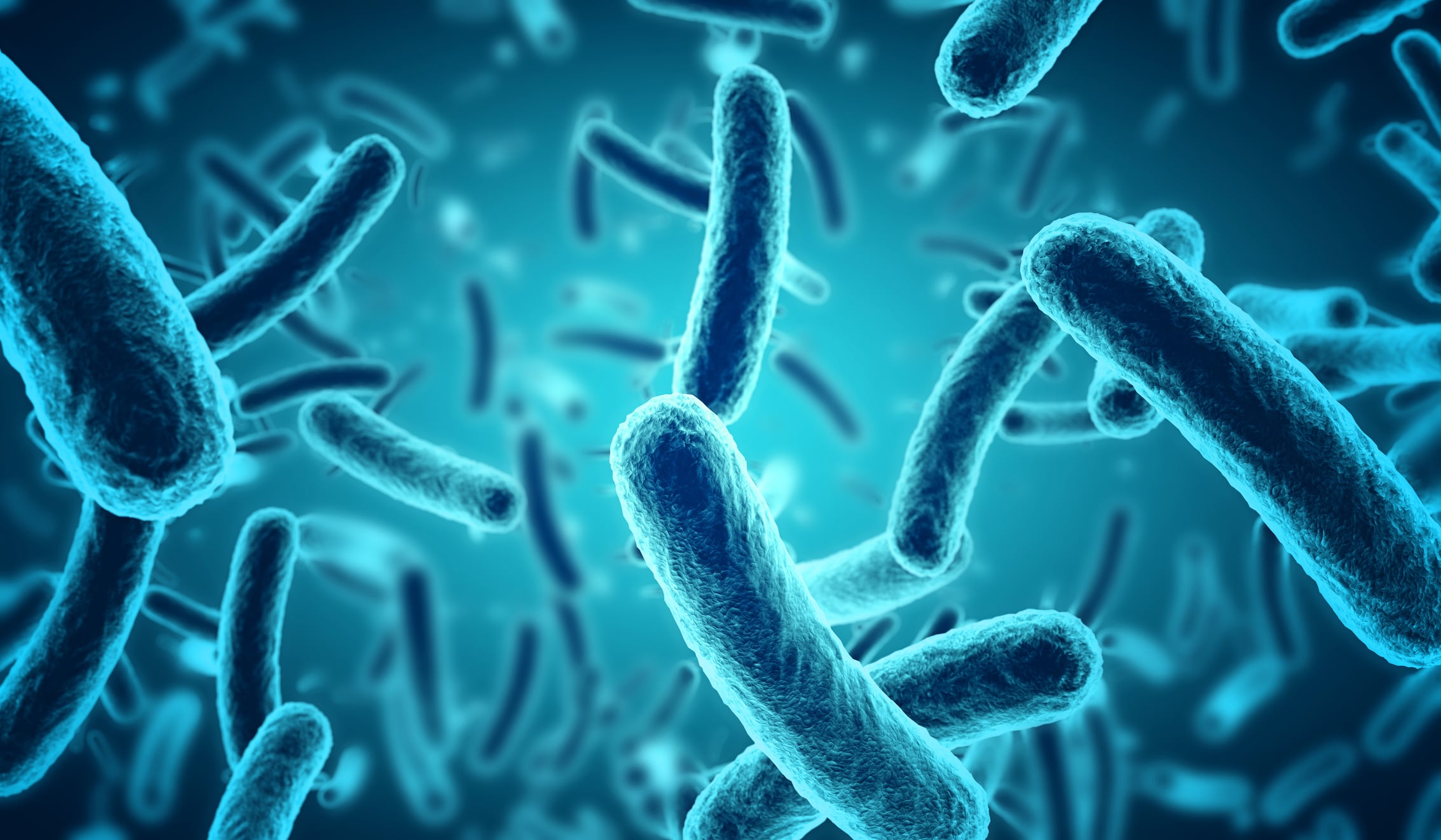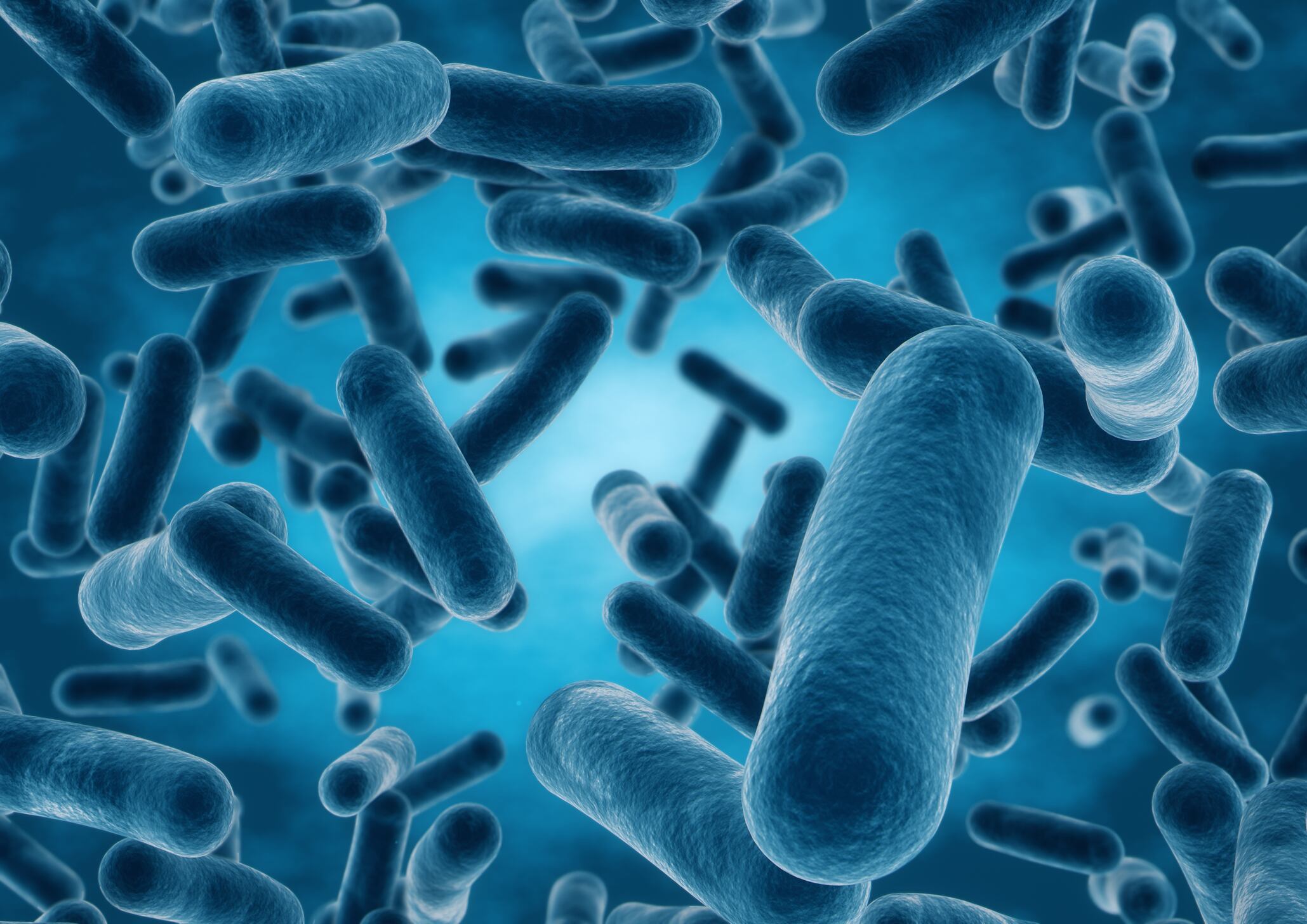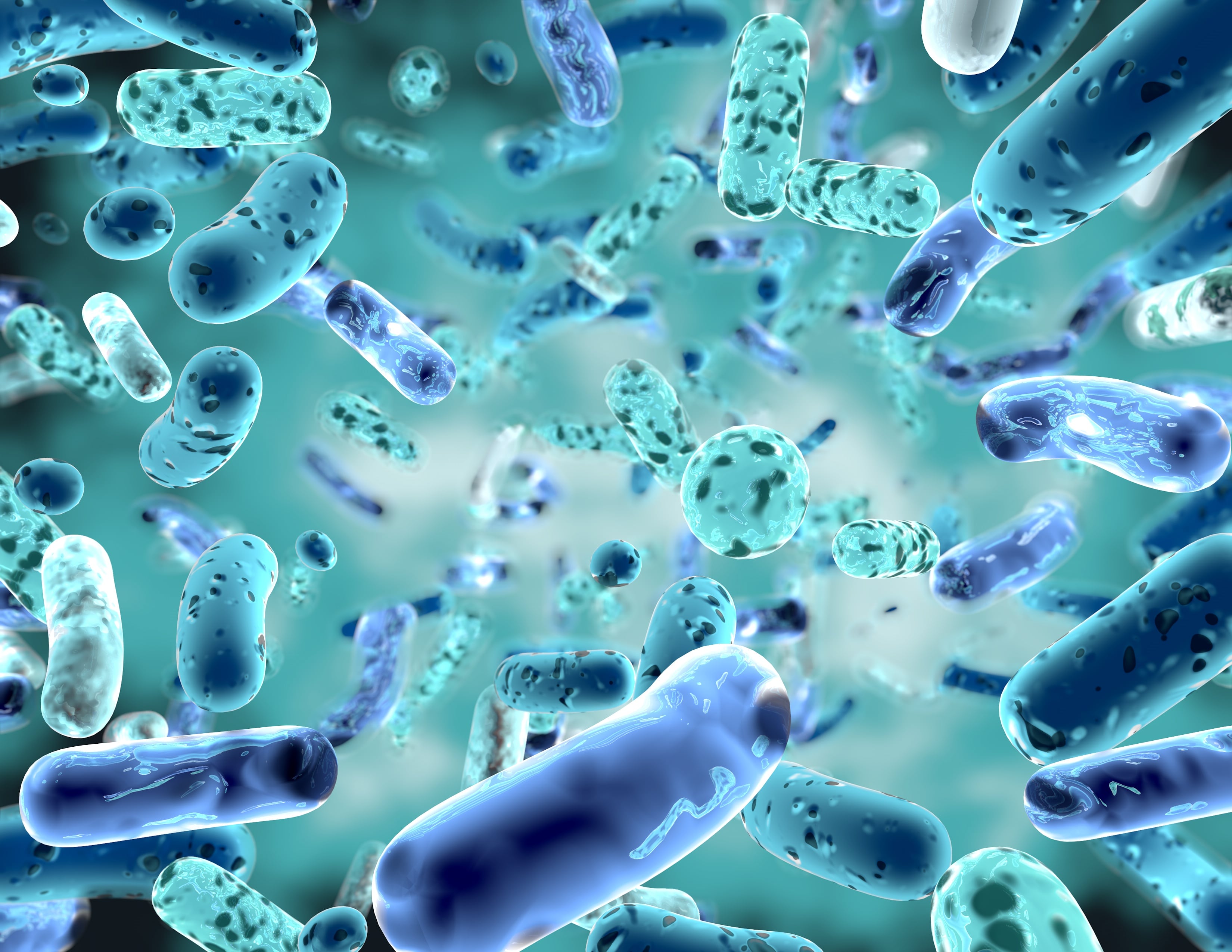A game of pairs
April brought big news in the scientific field of probiotics, with the publication of a paper announcing name changes for many of the diverse bacteria formerly grouped under the genus Lactobacillus. The important bacteria in this genus, some of which qualify as probiotics, were re-classified into 25 genera in order to clarify the genetic relationships among these bacteria and better adhere to the naming conventions for all living things.
The taxonomic changes are important for scientists, who have gained increased clarity on functionally relevant groups of bacteria in order to design and carry out studies. But the name changes may not have been such big news for the general public. Sure, some of the strain names on probiotic labels may change over the next few months and years. But how much will the average person notice or care? Communication experts say people’s baseline knowledge on gut health and probiotics tends to be low. Chances are, the majority of people could not have named a single bacterial strain in the first place.
The publication of this paper, however, is a timely opportunity to call the public’s attention to probiotic names: and not just genus names, but also species and strain names. It’s time to begin the process of educating a wide audience on how to associate probiotic strains with specific health effects, beginning with understanding the proper names for bacteria and other microorganisms.
At the Probiota Europe event earlier this year, I shared observations on the polarized way probiotics are often portrayed in global media headlines: they are either a panacea for every conceivable health problem, or they’re “quite useless”. At the conclusion of the presentation, the first question from the audience was surprising: "How do we know probiotics really aren’t useless?"
Many in the audience may have found it a puzzling question. After all, a body of scientific literature exists – summarized in Cochrane Reviews and position papers from various regions of the world – supporting the use of specific probiotic strains for certain health outcomes. Given this, how can probiotics truly be described as useless?
But the question is valid if the word “probiotics” is interpreted in a certain way. If probiotics refers to a broad, heterogeneous category of beneficial microorganisms, they cannot be counted on to produce any particular health outcome. Thus, a person who goes out and buys some probiotics, without attention to particular strains or doses, might have difficulty justifying how they improve health.
It’s not unlike sending a dozen people into a garden with a random collection of gardening implements and no instructions. After the people inevitably employ the tools injudiciously on cultivated plants and weeds alike, the garden will not be any better off; the endeavour might correctly be called useless. But one gardener with a pair of shears, carefully pruning a specific rosebush, is truly purposeful. Name the tool (shears), name the plant (rosebush), pair them up properly, and a satisfactory outcome is probable. Likewise, a probiotic strain administered for a specific health outcome can work beautifully.
Probiotics have already become a household name. It’s time to go beyond communicating about probiotics in this broadest sense, and instead to start talking about specific strains and exactly what they do. Naming strains is a great start—not just lactobacilli, for instance, but Lacticaseibacillus rhamnosus GG.
With the names of lactobacilli have been clarified from a scientific perspective, they better represent the different genetic relationships among the bacterial groups. This sets the stage for creating more vivid imagery. For creating scientific stories and explanations of what makes one strain different from another, and what this means for impacts on the human body.
Critics may argue bacterial strain names are too long and complex for members of the public to grasp. Yet five-year-old children can rattle off the multi-syllabic names of dinosaurs, calling to mind how the creatures looked and what they ate; this suggests the real problem isn’t the complexity of bacterial names, but rather their unfamiliarity. Bacterial strains are no more inherently complicated or less interesting. Everything rests on how they’re talked about: each strain a ‘character’ with the potential to emerge into public consciousness.
Helping more members of the public grasp the significance of probiotic names can align nicely with the ongoing global movement to increase understanding of microorganisms and microbial communities. Scientific communications, continuing medical education programs, on screen entertainment, and marketing materials can all contribute to these efforts.
The 15 scientists who worked tirelessly on the Lactobacillus taxonomy for years surely had no idea that the paper would eventually be published in the middle of a global pandemic, when everyone is talking about a very specific microbe, SARS‑CoV‑2. But the global situation serves to illustrate how engaged the public can become in microbiology with sufficient interest and motivation. How deeply they can care.
Precise scientific communication is now more important than ever: linking an intervention to a health outcome. As everyone finds a way through the current period and out the other side, scientists and non-scientists alike will need to navigate a new landscape of health and hygiene. It may be worth making the effort to precisely name microbes, including probiotic ones, in order to keep them visible.





